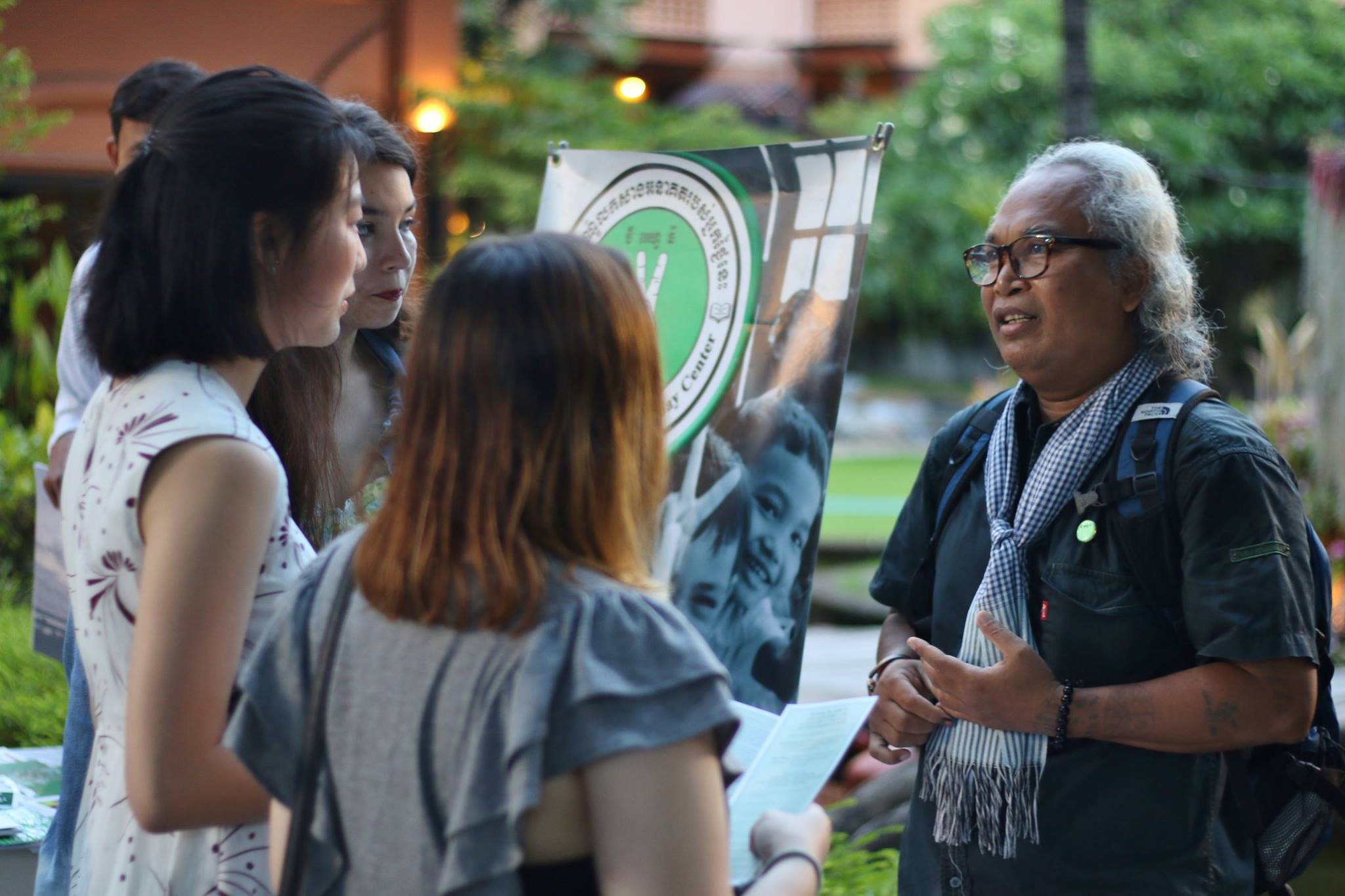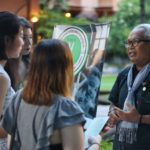This post has been co-authored by Bonnie Koenig and Alyssa Smaldino
In 2011 the most recent UN’s State of the World Report noted that “People under 25 make up 43 percent of the world’s population, and 60 percent of the population of developing countries.”
The ‘millennial’ generation is now making their impact known not only in numbers but with the creation of many new organizations founded and/or run by youth. The ONE campaign put a focus on a sample of some of them in this post.
Yet with all of this increase in youth energy and initiative, we are still seeing limited linkages between the youth programs of existing organizations, and newer youth-run organizations. Many existing programs still focus on ‘training’ of the younger generation by their elders, while many of the newer organizations blaze their own paths. Further, we see conference organizers tacking youth panels onto the end of events, and in other cases panel moderators struggling to navigate complex social topics between diverging generational perspectives.
To bring about the type of social transformation we are all working towards, we do need all of us – the creative ideas, energy and initiatives of youth, together with some of the hard won knowledge of their ‘elders’. Forward-looking organizations and initiatives are increasingly recognizing that well-facilitated multi-generational dialogues can have many benefits.
Some key considerations for these efforts to be effective:
1) Two way dialogue – To be effective, multi-generational discussions have to indeed be two way – with younger representatives learning from the experiences of those who may have ‘been at it for awhile’, while representatives of ‘older generations’ display a willingness to learn from those younger than themselves.
2) Inclusive and intersectional – It is often already a challenge for people from different generations to have dialogue grounded in mutual respect and learning, but when layers of difference are added in, those with less power in society tend to carry less power in the conversation. To be effective we need to name and work through these barriers, and ultimately embrace and seek out difference.
3) Well-facilitated and engaging – Dialogue doesn’t go far if it is not engaging within a positive environment. Identifying a trained facilitator and letting them frame and guide the conversation can be very helpful to enable all participants to be heard and lessons to be drawn out.
4) Genuine commitment to learn from each other – Too often our learning efforts are in vain or done to ‘check a box’. We must see cross-generational learning as a responsibility and go about it in a way that transcends preconceived notions of others’ potential shortcomings.
There are some efforts underway to foster multi-generational learning environments, such as among the Women’s March organizers, but we have a long way to go. We would love to hear from you: what are your challenges and successes in sparking multi-generational dialogue? How can social justice advocates young and old, new and seasoned, best unite toward a shared vision of equity?

